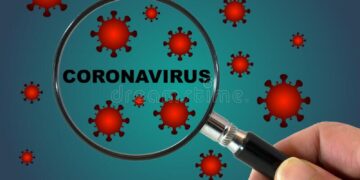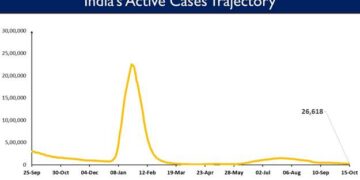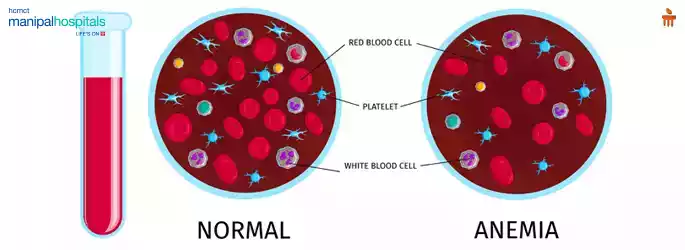Anaemia is a disorder in which there are insufficient healthy red blood cells or hemoglobin to transport oxygen throughout the body. Sickle cell anaemia is a genetic disorder that changes the structure of red blood cells, which transport oxygen throughout the body. When you have sickle cell anaemia, your blood cells become hard and sticky, which slows or blocks blood flow.
According to studies, an estimated 7.74 million people have sickle cell disease in 2021. This is a 41.4% increase over 5.46 million in 2000. Sickle cell anaemia is potentially fatal. If the condition is treated, it can be effectively managed.
However, recognizing the symptoms is critical because it can aid in the therapy process. Here are some symptoms of sickle cell anemia.
Chronic Fatigue and Weakness
People with sickle cell anaemia usually feel tired or weak because their red blood cells don’t carry enough oxygen throughout the body. The cells also die faster than normal, leading to anaemia, which causes persistent fatigue.
Pain
Painful episodes happen when the red blood cells block blood flow through tiny blood vessels. This leads to sudden and severe pain, often in the chest, joints, back or abdomen. Pain crises can last for hours or sometimes, even days.
Swelling in Hands and Feet
Blocked blood circulation in the small bones of the hands and feet can cause painful swelling, especially in infants and young children. This can also be one of the first noticeable signs of the condition.
Frequent Infections
Sickle cells can damage the spleen, which is an organ that helps fight infection. A weakened or non-functioning spleen can make people with sickle cell anaemia more prone to frequent bacterial infections.
Pale Skin and Jaundice
The breakdown of the red blood cells can cause a buildup of bilirubin. This leads to jaundice (yellowing of the skin and eyes). Pale skin may also happen due to anaemia, that is especially seen in the palms or inner eyelids.
Disclaimer: The tips and suggestions in this post are for general information only and should not be considered professional medical advice. Always with your doctor or a dietician before beginning a fitness program or making dietary adjustments.







 Finance
Finance







